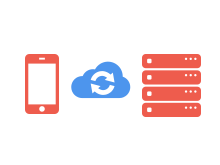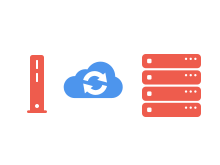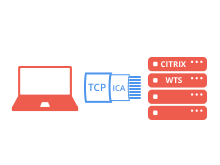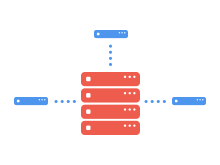
Ensuring AI security is critical in today's digital landscape, and there are several measures that individuals and organizations can take to safeguard their AI systems. One of the most important steps is to use secure credentials, with passwords that are at least twelve characters long, consisting of letters, numbers, and special characters. It's also essential to avoid reusing passwords across multiple accounts and to never share your credentials with others.
In addition to secure credentials, regular updates and security patches are necessary to protect against vulnerabilities in the software. Users should install updates as soon as possible and only use software downloaded from trusted sources.
To detect and prevent malicious software from causing harm, users should also invest in reliable malware and attack detection software, keeping it updated at all times.
Equipping AI systems with security-related features such as access restrictions, event logging, and network activity monitoring is also a crucial aspect of AI security. These features can help detect and prevent attacks on AI systems.
Lastly, users should be mindful of the data they input into AI systems, especially personal or confidential information. It's also crucial to be cautious about opening email attachments or links, particularly from unknown senders, as they may contain malicious software.
By following these measures, users can protect themselves and their information, as well as their AI systems, from digital threats. It's essential to remain vigilant and watch for suspicious activity in your accounts or AI systems. If you become a victim of a cyberattack, it's critical to contact the appropriate authorities or a cybersecurity expert immediately.


















